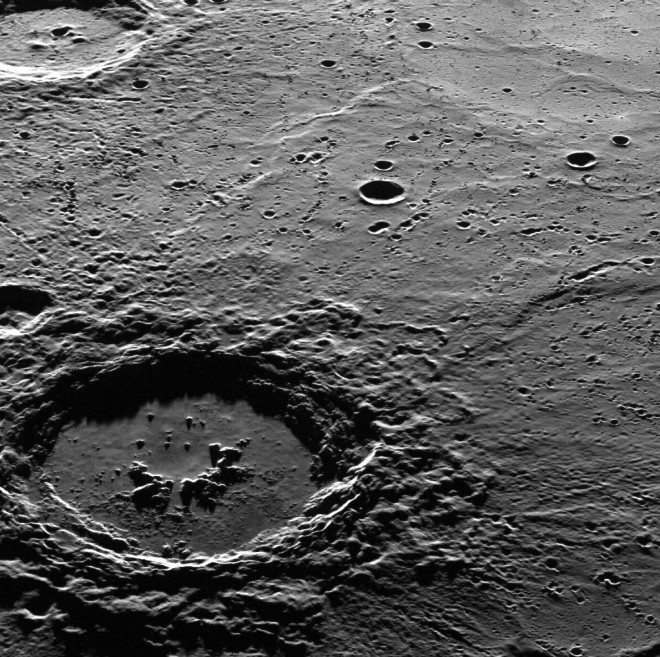The evenings are coming, when we can once again lie in the middle of the meadow and watch the stars under the mild sky. In order to be even more excited about what we are observing, it is worth reading and remembering some facts about the universe.
O the universe a huge amount hangs in the air every second questions, which we may never know the answer to. We know it is enormously and beautiful, but how big is it really and what beauty does it actually hide? Today, for a change, let's jump into space and learn something amazing facts, which we will be able to tell under the starry sky.
1. Incredibly fast Neutron stars
Neutron stars they are compact stars that, in addition to their unknown density, have two special features that allow us to discover them despite the fact that they are quite small (their diameter is only 10 to 15 kilometers). Neutron stars, we also call them degenerate stars, because they spin very quickly around their axis. Immediately after birth up to 60 times per second, and in special circumstances more than 600 times per second. Scientists assume that these small stars were once part of giant stars. They were born at supernova explosions, whose force has set in motion a rapid rotation that makes them easier to see.
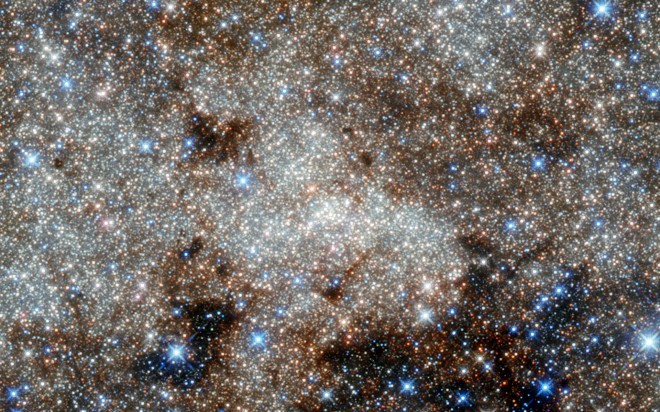
2. The universe is completely silent
Sound waves need a medium to travel. Since there is no atmosphere in space, it is completely quiet. Kind of scary, isn't it? You might be wondering how astronauts can talk to each other then. Fortunately, they have a very special radio link, so: Houston, no problem!

3. There are countless stars in the universe we know
Everyone knows that there are countless stars in the universe known to us. But nobody knows how much exactly there are. Even if we counted or counted them, we would not know the exact number. Even NASA can confirm with certainty only the fact that there are stars to billions.

4. The footprints of the Apollo astronauts will not disappear just yet
Because Moon it has no atmosphere, there is also no wind and water and therefore no erosion to erase any traces Apollo astronauts. This means that their footprints, spaceship tracks, and other discarded material will remain there intact for a very, very long time. However, they won't stay there forever. The Moon has a rather dynamic environment, as it is constantly bombarded by micrometeorites, which means that the process of erosion is taking place, but it is very slow, writes Space.
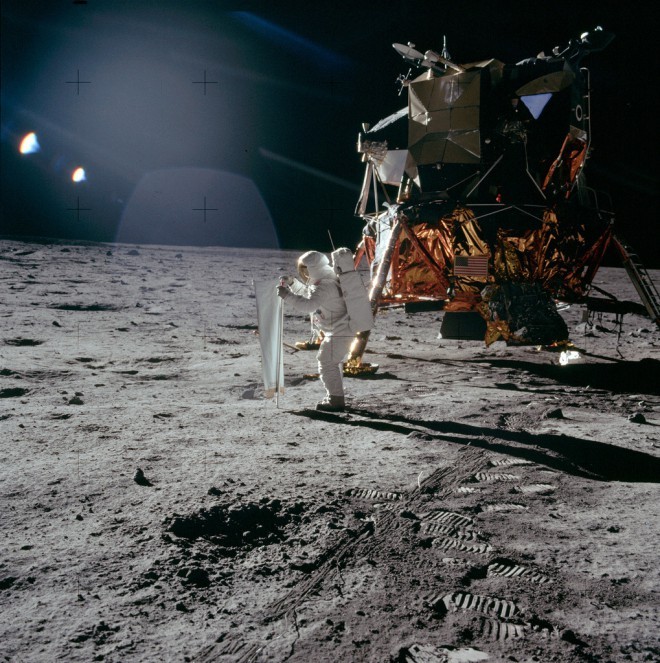
5. 99 percent of the mass of our solar system is the Sun
The sun, the main body of our solar system, is so dense that it occupies incredible 99 percent mass of our solar system. Is also the source of the gravitational field, which means that its gravitational field extends across the entire solar system. In the star classification, the Sun, judging by the electromagnetic spectrum it emits, is classified among G-type stars. This means that every second about 600 million tons of hydrogen fuse into helium and about 4 million tons of matter are converted into energy as its by-product. Such a type of star as the Sun also means that when such a star can die and become red giant ball, It envelops the earth and wipes out everything that is on it. But don't worry, the Ohio Department of Astronomy says that won't happen again five billion years.

6. The sun produces a lot of energy
Every hour, the Sun emits more to the Earth energy, as it consumes in a year. It's a bit frightening to know that our solar technology produces less than one-tenth of one percent of the world's energy demand. This is due to several factors, National Geographic notes, including the fact that solar panels require land, that these are in bad weather and at night unreliable and finally - that we need an extremely expensive panel to install technology. Despite the shortcomings, the use of solar energy has increased by 20 percent per year over the past 15 years.
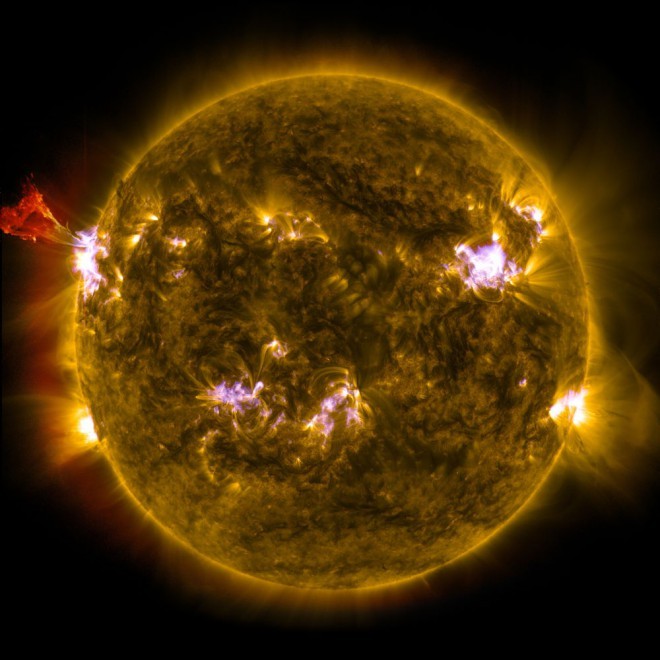
7. Metallic objects in space connect with each other
The European Space Agency writes about the fact that two metal works in space they permanently connect each other, which is also called cold "welding". This means that pieces of the same type of metal stick together in space forever, since the atoms of a single piece due to vacuum in the room they cannot "know" that they belong to two and not just one piece of metal. Conventional welding requires a high temperature, but in space a piece of metal is welded by a vacuum. Metal objects that are launched from Earth into space have a layer on the surface oxidized metals, which prevents this "cold bond".
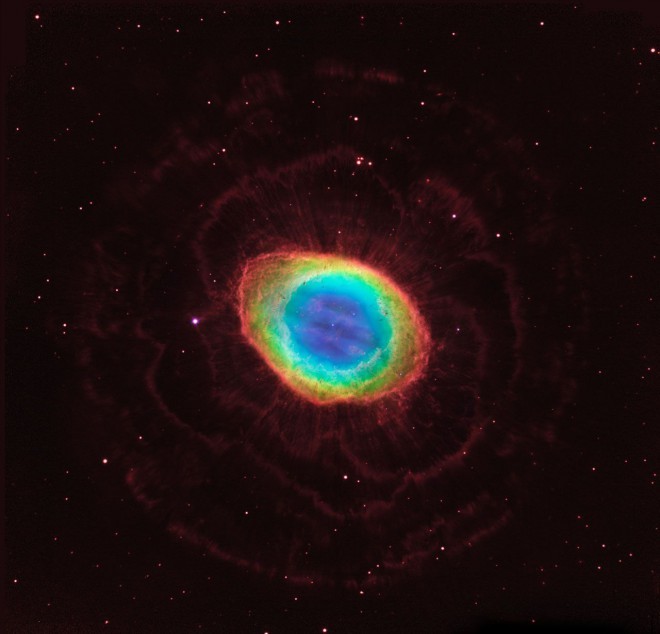
8. The largest asteroid discovered is the huge space rock Ceres
On January 1, 1801, he Giuseppe Piazzi discovered an object that he initially thought was a new comet, but turned out to be an asteroid, which they named Ceres. It is the largest asteroid ever discovered and is 900 to 1,000 kilometers in diameter, and its surface could be compared to the size of of India or Argentina. Because it is so massive, scientists are considering treating it as a a small planet, although it has all the characteristics of an asteroid. The Guardian wrote that Ceres attracted interest mainly because water in the form of ice, which was observed on its surface. An unmanned spacecraft with a name Dawn is expected to visit this space rock by 2015.
